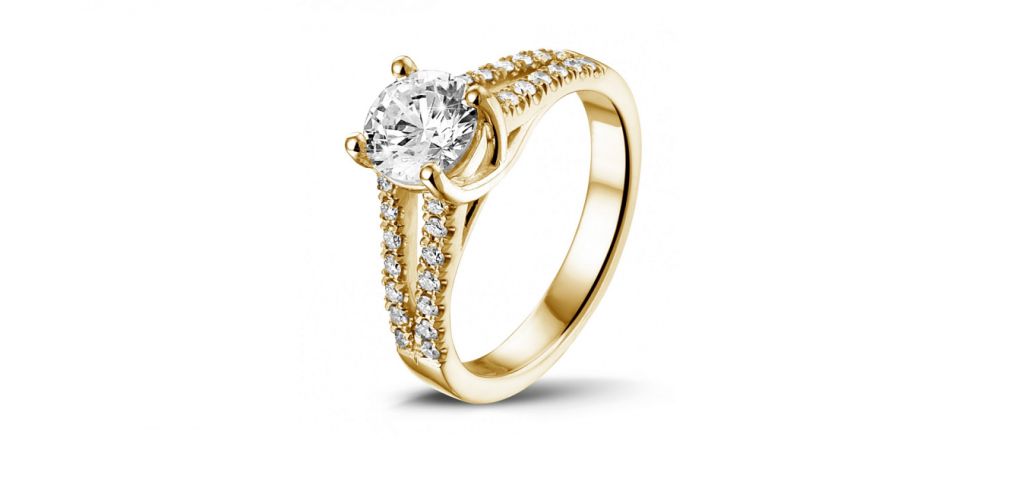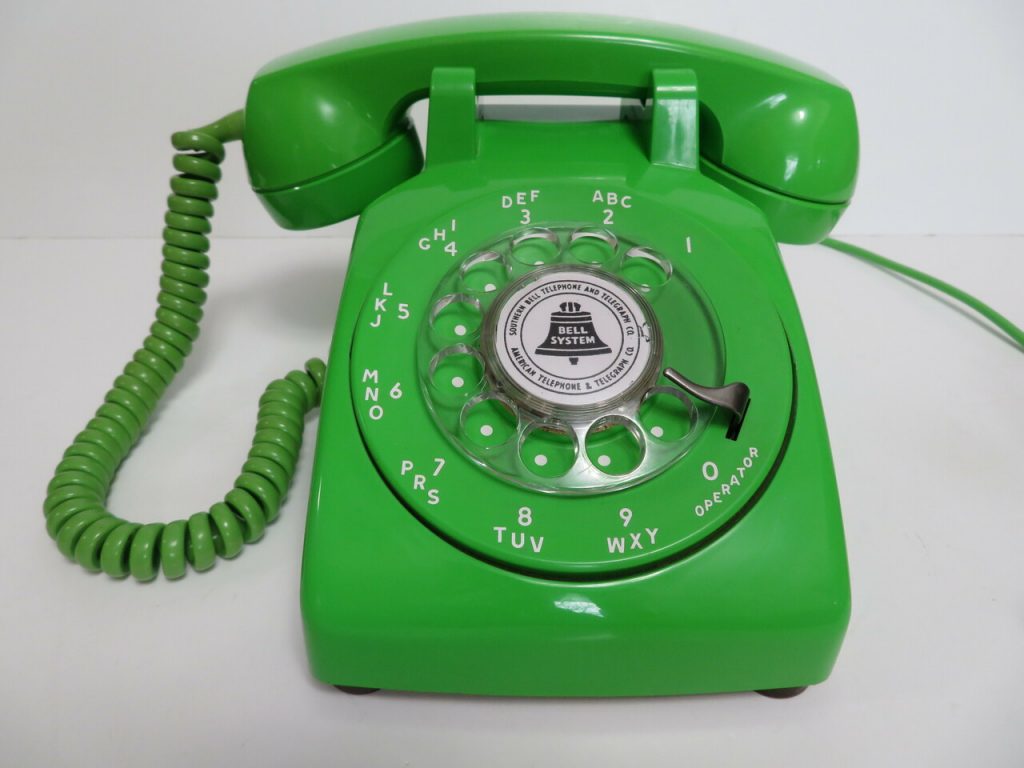
In Torah Reading / Parasha Ki Tisa – Hash-m commands Moshe / Moses to build a Mishkan / Tabernacle for Hash-m’s Presence to dwell.
Hash-m tells Moshe to collect half a Shekel coin for each person of Bnai Yisrael / the Children of Israel to make a census. The weigh of a Shekel the coin is 20 Geras. So Half a Shekel Coin is 10 Geras. The Half shekel coin amounted to 10 Geras – was an allusion that the Jews sined against all the 10 commandments – by worshiping the idol of the golden calf. A person should learn to correct themselves from just a light allusion.
When we build a house for ourselves -we use good quality materials. When Hash-m commands us to build a House every single part is infused with Holiness and meaning.
The Half-Shekel coins were used to make the silver sockets – in which the columns of the Mishkan stood upon. All the coins were melted to form a whole. One message is that a family should have the goal of doing what’s good for the family – putting their self interests aside when necessary.
The Builder was Bezalel ben Uri Ben Hur. Hur tried to stop the Jew from building the golden calf. Instead of listening – they killed him. Bezalel could have said – I am not going to build this mishkan for Israel to build receive an atonement – they killed my grandfather. He did not bear a grudge. Do we absolve, let go and forgive or do we keep hatred in the recesses of our hearts?
To enter certain parts of the Mishkan a person had to be purified with the Ashes of the Red Heifer / Para Aduma. A person was who sprinkled upon became Pure – while the sprinkler – became impure. A person who wants peace must be willing to back down to make bring others up.
The Parasha starts will Ki Tisa – When you count. Literally it means – when you uplift. To have peace one should try to start with words that uplift. Your goal should be to uplift the other – not to bring them down.



